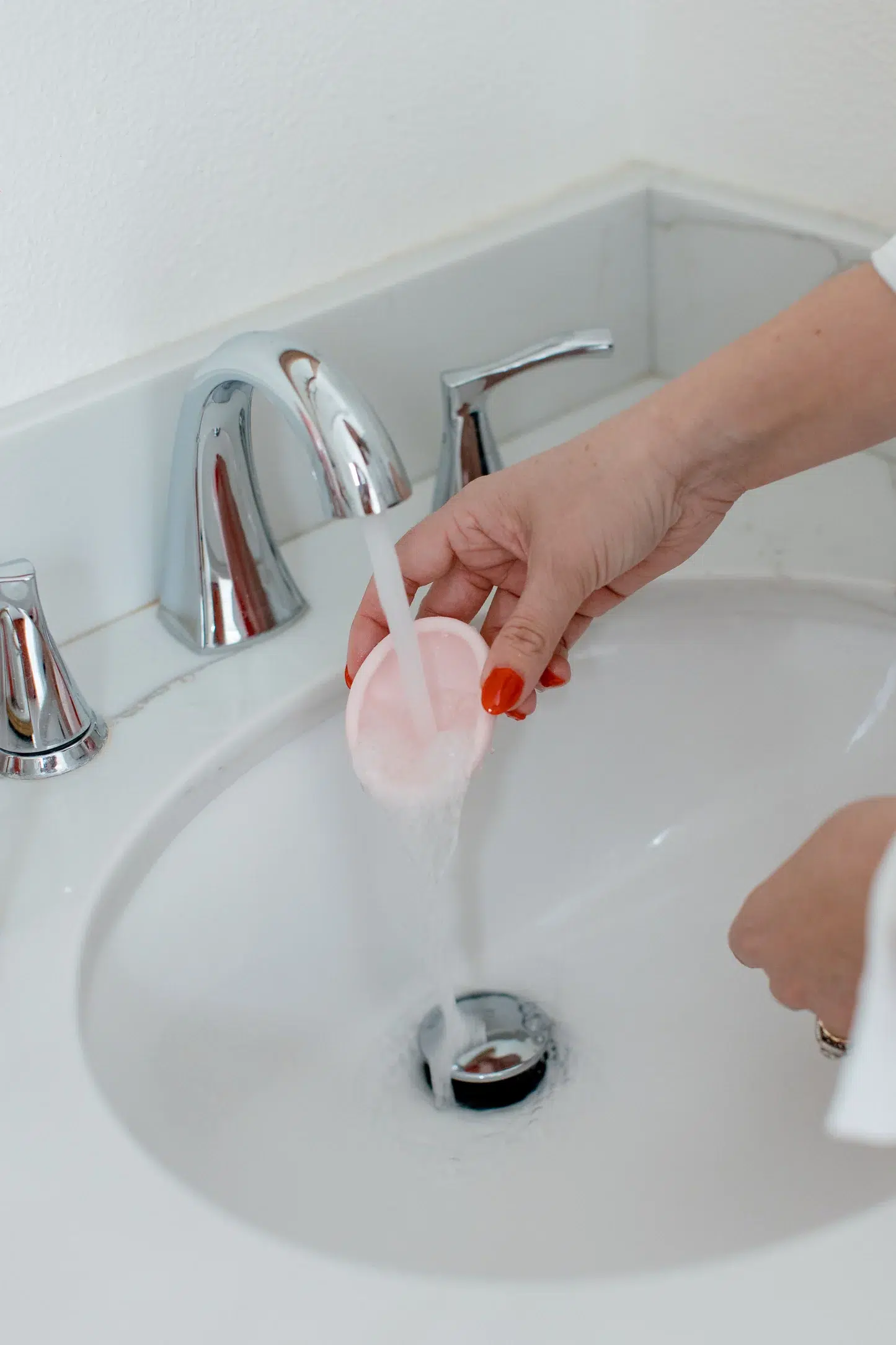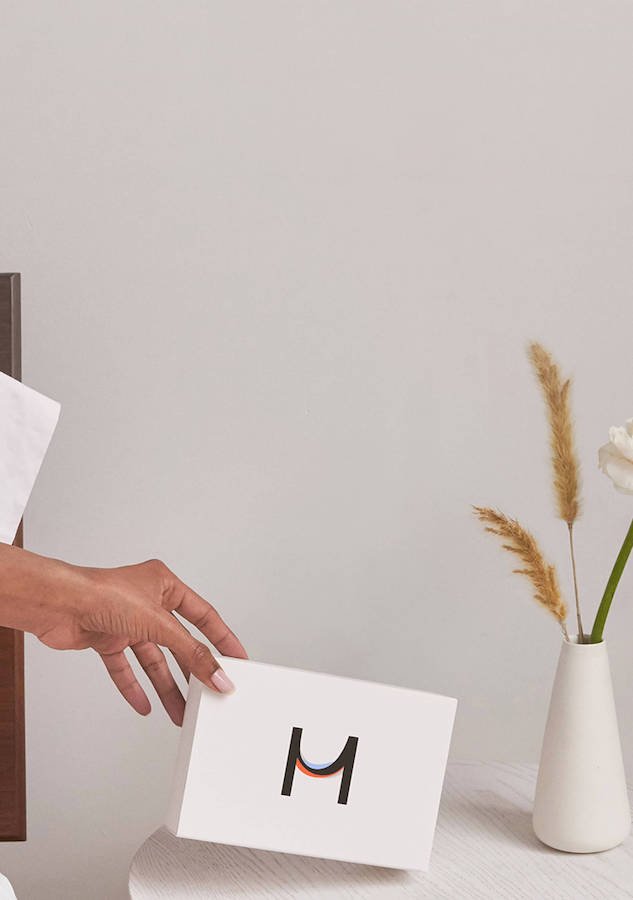
I Took My Modern Fertility Results To My Doctor—Here’s What She Said (A Review)
The Good Trade editors endorse products we’ve personally researched, tested, and genuinely love. Learn more about our methodology and business model here.
Last year, when I went in for a routine wellness exam, the doctor asked me: “When was the first day of your last menstrual cycle?”
I tried to count backwards—Was it two weeks ago? The week before that?—eventually settling on a ballpark answer. She didn’t so much as flinch to my uncertainty as she jotted down my made-up date.
My periods aren’t irregular, they’re actually highly regular; I’ve just never tracked my cycle. It comes, and then it goes. I take birth control, and then I don’t. That had always been the extent of my knowledge regarding reproductive health and fertility. That is until I turned 30.
Enter: Modern Fertility. Well, enter first: big questions. More recently, I’ve started to have a lot of them, mainly about the future and family planning. Do I want kids? Can I have them? When do I have to decide? In asking these questions, I’ve begun to realize I know very little about my body. And while I’m grateful for healthcare, Western medicine has done mostly nothing to help me understand my hormones or how a successful ovulation cycle works.
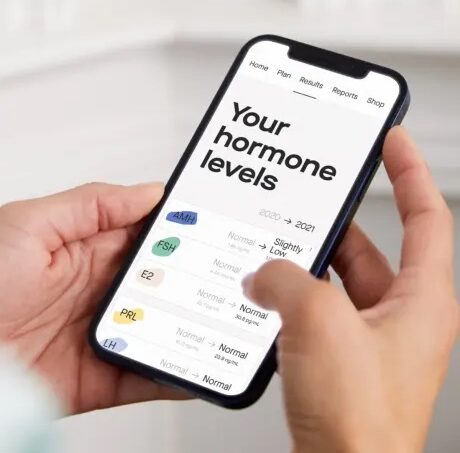
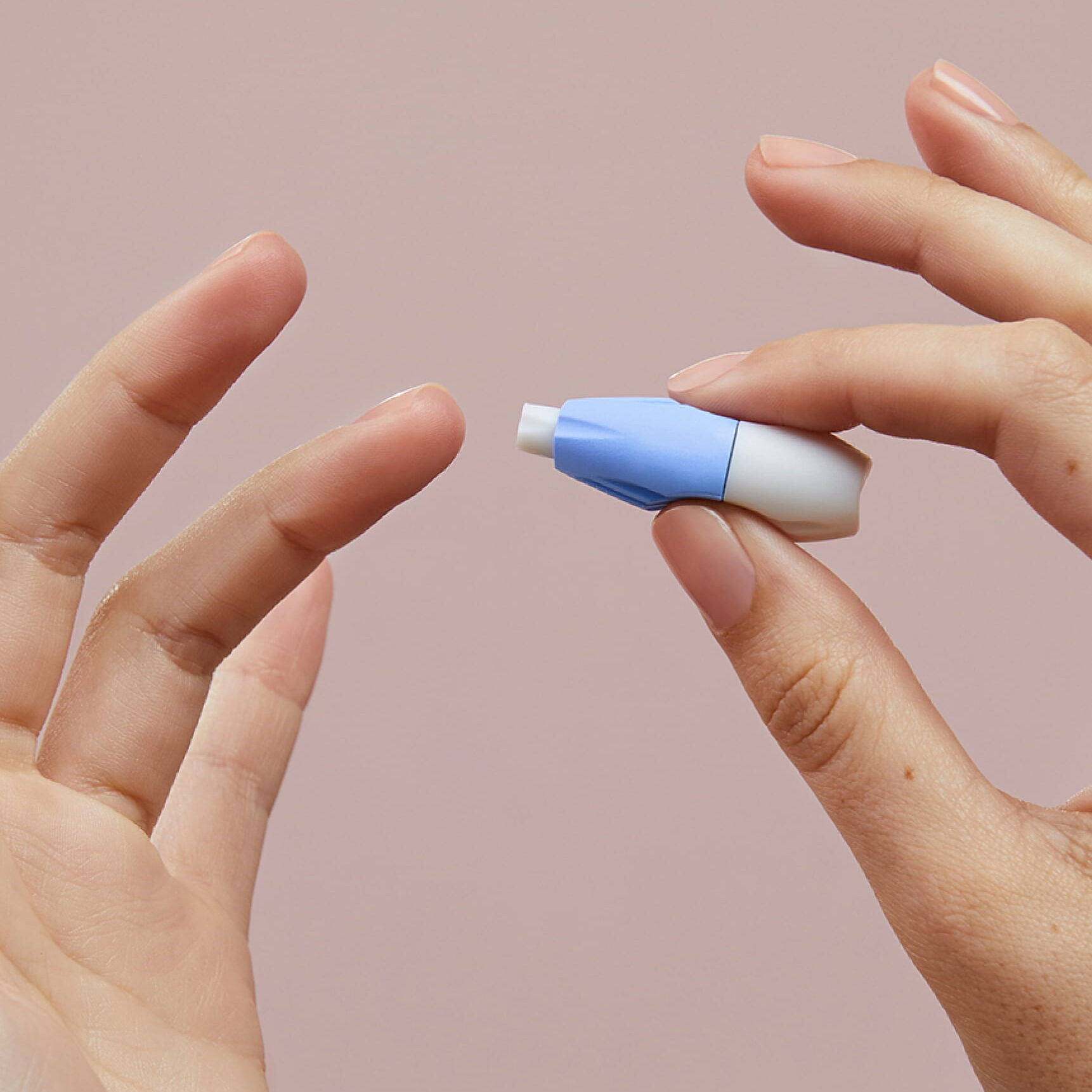
Now enter Modern Fertility. I’d heard of the brand, owned by Ro, a direct-to-patient healthcare company, through various online ads and social media marketing. Modern Fertility (MF) is a femtech company started by two women offering personalized and affordable fertility essentials, including an at-home fertility testing kit.
The goal is simple: offer people with ovaries the ability to test their hormones and learn more about their reproductive health—all from the comfort of their homes. Knowledge is power, after all. And MF promises both. After submitting your kit, you’ll receive comprehensive lab results for eight hormones, including AMH, FSH, LH, and E2 (all important to fertility—you can read about each one here). The numbers arrive in a color-coded and interactive report (because you shouldn’t have to go to med school to understand test results), and everything is processed within 48 hours at a CLIA- and CAP-accredited lab.
While MF won’t offer you a diagnosis per se—the test isn’t going to read fertile or infertile or tell you how long it may take to conceive—the lab results can help guide you in conversations with your doctor. Like little clues to point you both in the right direction. As MF says, “Understanding your fertility now gives you more options later.”
“Understanding your fertility now gives you more options later.”
When my kit arrived, my first thought was: Did I order a new iPhone? The brand’s marketing team seems to be taking a page from Apple’s playbook. The kit was packaged in a sleek white box and came with a tote bag, which I would usually donate, but I’ll happily lug around an advertisement for empowered healthcare. Already I felt like I was at a 5-star clinic despite standing in my apartment kitchen.
The instructions—surprisingly—did not make my head hurt. Register my test via a unique link, wait for cycle day 3, prick my finger first thing in the morning, drip blood onto the test strip, and mail the samples back. Got it. Check.
When day 3 arrived, I did a few laps around my apartment, flailing my arms in circles to encourage blood circulation. Then, as instructed by MF, I vigorously washed my hands under warm water, massaging my wrists and fingers to, again, encourage blood flow.
And flow did it encourage. When it came time to prick my finger (deep breath, small push of the—dare I say cute?—needle device, audible click), I was surprised to see blood bubble to the surface instantly. Two large drops and 30 seconds later, I had filled the first of my two collection strips. It was that easy.

Note: If you cannot do your own blood collection, you can go to a Quest Diagnostics lab and have them draw blood for you.
Another 30 seconds later and I had two red lab strips drying on my dresser as I cleaned and bandaged my fingertip (all materials provided in the MF kit). Then came the unknown time of waiting. MF recommends 60 minutes to let your blood samples dry; I waited about 20 minutes longer to be safe. Then I carefully slid each sample into its respective return bag and the provided prepaid envelope. Off to the post office I went.
A strange plot twist to this story: my post office actually lost my first results. Or rather, they never sent them. It was a Monday when I dropped the envelope off; the line was long, so I used the indoor dropbox. The envelope must have slipped into oblivion because when I emailed MF 10 days later to confirm they had received my sample, they quickly and politely responded that—oh no!—the package had never been scanned. My blood samples were (are still?) hanging out somewhere in my city.
Modern Fertility mailed me a new kit immediately, which I received a few days later just in time for my next cycle. Wash, rinse, repeat. I’m feeling like a pro at the finger prick by this point. And lesson learned: wait in the post office line to receive a tracking number and confirmation of drop off. My lab results hit my inbox about two weeks later.
And…drumroll…all of my hormone levels were within “normal range,” according to Modern Fertility.
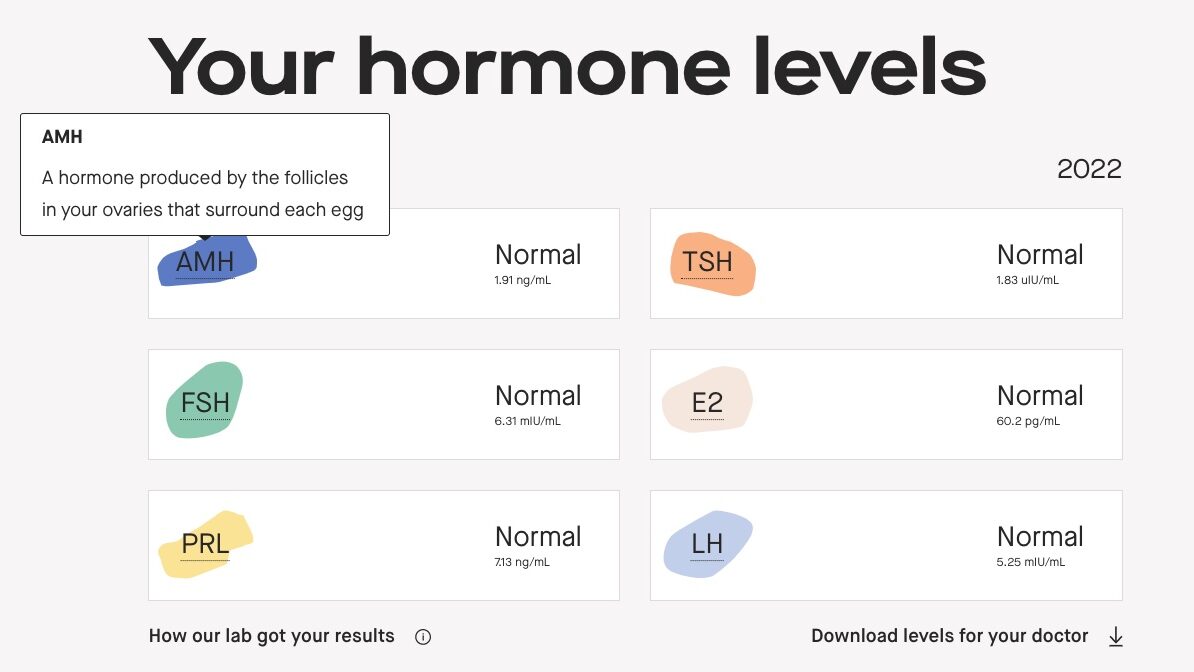
There is much more in-depth reporting too, and a very medical-looking printout you can take to your doctor. Which I did. She compared the results to additional blood tests I had recently requested during a different menstrual cycle because why not double-check for accuracy? She affirmed me that the hormone level results matched up, and my MF test was right on point with numbers. While, again, this does not confirm fertility, it means there are no current red flags pointing to concerns about my egg count, quality, etc.
In summary, I’m a big fan of this company—with what they currently offer and where they plan to go in the healthcare space. Ro also has sperm testing kits. If you are with a male partner, they should get tested too, before you start trying for children, not only if there are future fertility issues. Healthcare is still super antiquated, and we test women first—often for months—before checking sperm quality. But, according to studies, “About 30 percent of the time, the male partner is the sole cause of the infertility, and 20 percent of the time, both partners experience fertility obstacles.”
“If you are with a male partner, they should get tested too, before you start trying for children, not only if there are future fertility issues.”
I also use Modern Fertility’s ovulation strips and the tracking app, which I 8/10 recommend because I would love to see them add basal body temperature tracking functionality. All in all, it’s a great starting point for logging your cycles, viewing test results, and having access to a library of knowledge, as well as community forums for questions and learning.
Even if I wasn’t thinking about family planning right now, what amps me most about Modern Fertility is that they are empowering people to better understand their bodies and make decisions for themselves. These at-home fertility kits can help with that. While they may not have all the answers, they offer results that can point you and your doctor in the right direction. And that makes all the difference when advocating for your body and health care.
Key Takeaways:
- Modern Fertility’s at-home hormone test is an easy and affordable way ($199/kit) to learn more about your current hormone levels (it tests for 8), whether you’re currently family planning or simply want to learn more about your reproductive health. Modern Fertility accepts FSA/HSA for all products.
- Take time to read through your kit and watch the tutorial videos before the day you plan to test (cycle day 3). Allow yourself a quiet space and enough time to get your collection, for it to dry, and to drop it off at the post office. And hand it to your post person!
- The packaging is sleek and comes with clear instructions on how to dispose of testing materials.
Kayti Christian (she/her) is the Managing Editor at The Good Trade. She has a Master’s in Nonfiction Writing from the University of London and is the creator of Feelings Not Aside, a newsletter for sensitive people.



